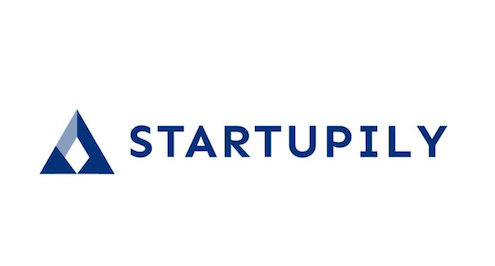What do you call the perfect career path? From a textbook perspective, that might be a run for President of the United States. However, the perfect approach is far more reachable and not near as dramatic or sacrificial as some might think. At least in terms of what one has to give up on the election campaign road. The ideal career path is very much one of never giving up and constantly trying to reach higher.
Launching Pads
Former Condé Nast CFO, David Geithner provides a great example among many executives. The path he and other success stories have all started out with a recognized education. Finishing a bachelor’s degree at schools like Dartmouth University, Boston University, Stanford, and similar and then obtaining a subsequent master’s degree in fields like Business Administration tend to be expected paths. However, from these launching pads, one needs to make a leap to the right connection.
That can happen through hiring, but smart players pursue specific fellowships, internships, and temporary assignments that put them in the exposure of existing executives already in place. That’s the case, for example, with the David Rockefeller fellowship and Time Magazine’s one-year senior corporate executive program. Winning students get the chance to sit and become known to key c-suite names across major industries, including being able to serve on key groups like the Chief Financial Officer Council associated with the Internet Advertising Board.
Networking Potential
Given the networking potential, is it any surprise then that candidates running the above route would then eventually become recognized executives themselves? However, success doesn’t automatically happen with a good start. One still has to do the hard work to make the stellar performances happen. And that means doing more than being in the right place at the right time. One also has to have a knack for developing effective teams. Taking to heart that an effective leader works through people, the candidate repeatedly needs to build sharp, crack-shot teams in their discipline, showing effective efficiency performance and strategic planning.
Consistently performing, a career pursuer then needs to translate their series of accomplishments into success stories and promotions, going higher and higher where possible. The goal is not to be perceived as stagnating or getting stuck. For five years or so, one might take on a given critical role, especially where many will recognize the employer’s company name as a premier player in a given industry. However, then the same candidate needs to be on the move, expanding their career umbrella and finding ways to elevate responsibility, status, and capability scope. The last thing one should be thinking about is reaching a career zenith and then stopping.
Leap of Faith
As it turns out, however, many don’t try to go for another leap after reaching their first major executive step. It’s rare for folks to continue to go further. After an intensive phase in a given industry, many start looking for a way out. The ideal careerist, however, might instead switch gears and sign up for an entirely different industry than where they started. Instead of continuing to keep working in the electronics industry, a given executive on the go might switch to the healthcare industry to be part of a ground-breaking opportunity or to be in the financial launch of a new company.
Again, an amazingly successful career in one executive role would be enough for many. For those who constantly want to keep improving and striving, a first critical executive role is merely a starting point. The key factor anyone should learn from these examples is to never stop striving to achieve more. Life doesn’t stand still, and neither should any of us. There are always plenty of opportunities to pursue new things, no matter where we are in our careers or life.
- 6 Strategies To Make Your Employees Greener
- DePIN: Crypto’s Power for Real-World Innovation
- GameFi 2.0: How Web3 Gaming is Revolutionizing Play-to-Earn and Captivating the Crypto World
- Critical Dos & Don’ts Of Running A Successful Dental Business
- Will An Outsourced Fleet Really Serve Your Startup Better?

